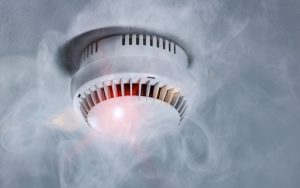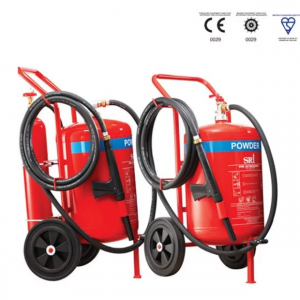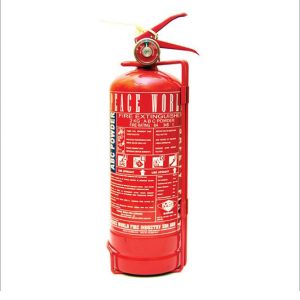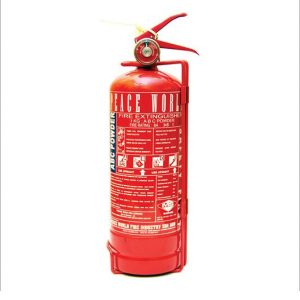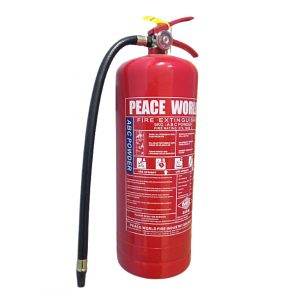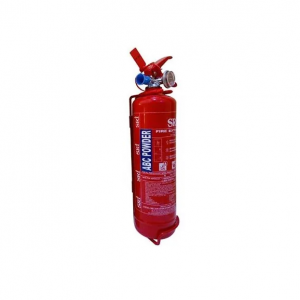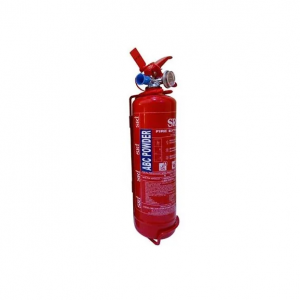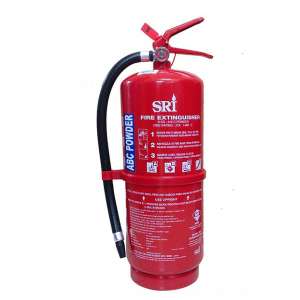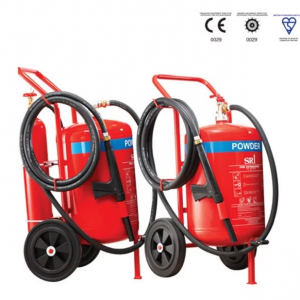Home Fire : 7 Best Way to Prepare For A Home Fire
A fire can destroy a persons life but it doesn’t have to. This article will give you some things to think about, to prepare for that next home fire.
1. Install the right number of smoke alarms or smoke detectors. Test them once a month and replace the batteries at least once a year. Purchase smoke alarms here.
Smoke Alarms vs Smoke Detectors

Smoke alarms and smoke detectors are actually different types of devices. “Smoke alarms” are all-in-one self-contained units that include the smoke sensor and the audible alarm.
This is likely what you have in your house or apartment. “Smoke detectors” usually only contain the smoke sensor and nothing else.
From there, the alarm is a separate unit and the controls for the whole system are kept in a central location.
You’ll find these types of systems in commercial applications, like in hotels and hospitals. So as for at home case, smoke alarms is the best choice for you.

2. Teach children what smoke alarms sound like and what to do when they hear one.
Children need to be educate on what to do if fire cases arise. They need to be introduce to the fire safety equipment available in the house.
Teach them what smoke alarms sound like and ask them to be alert all the time.
It’s likely that when you first equipped your home with smoke alarms, you just chose a couple spots around the house that seemed like good places to install them.
However, you probably need more smoke alarms than you think.
These are some of the places you should consider of placing the smoke alarms; you need to install smoke alarms inside every bedroom, outside every sleeping area (like a hallway that connects a bunch of rooms together), and on every level of the home, including the basement.
On side notes, it is also important that you install them no farther than 12 inches from the ceiling if you’re installing them on a wall (since smoke rises), as well as not installing them near doors, windows, or vents where drafts and general airflow could interfere with the smoke alarm’s detection abilities.

3. Ensure that all household members know two ways to escape from every room of your home and know the family meeting spot outside of your home.
Identify your exits and be sure you know where the closest exit is.
Check each room in your home to see if it has at least two exits, these may be two separate doors or an emergency exit by a window.
If you live in an apartment building, your apartment should have access to both the main stairwell and an alternate fire escape.
If you live in a two-story home, consider buying fire escape ladders for the bedrooms.
If you or someone in your family is physically disabled, make sure that their bedrooms have several exits that they can access easily or are situated on the ground floor near an exit.
Next,get out from the house fast! Do not stop to call the fire department or take time to get dressed or grab any belongings.
If you can already smell smoke or see flames, you need to move quickly. Set up a safe and easy-to-remember place to meet others once you have escaped.
4. Establish a family emergency communications plan and ensure that all household members know who to contact if they cannot find one another.
Pull together everyone in your household and make a plan. Walk through your home and inspect all possible exits and escape routes.
Households with children should consider drawing a floor plan of your home, marking two ways out of each room, including windows and doors.
Also, mark the location of each smoke alarm so everyone will fully aware of it. When you walk through your plan, check to make sure the escape routes are clear and doors and windows can be opened easily.
Choose an outside meeting place (i.e. neighbor’s house, a tree outside the house, mailbox, or stop sign) a safe distance in front of your home where everyone can meet after they have escaped.
Make sure to mark the location of the meeting place on your escape plan. Have you check your street number if it is clearly visible from the road?
If not, paint it on the curb or install house numbers to ensure that responding emergency personnel can find your home easily if emergency cases occurs.
5. Practice escaping from your home at least twice a year. Press the smoke alarm test button or yell “Fire!“ to alert everyone that they must get out.
This might seem dramatic for some of your family members but it is necessary to do this. Be fully prepared for a real fire: when a smoke alarm sounds, get out immediately.
Residents of high-rise and apartment buildings may be safer “defending in place”.
Allow children to master fire escape planning and practice before holding a fire drill at night when they are sleeping.
The objective is to practice, not to frighten, so telling children there will be a drill before they go to bed can be as effective as a surprise drill.
It is important to determine during the drill whether children and others can readily waken to the sound of the smoke alarm.
If they fail to awaken, make sure that someone is assigned to wake them up as part of the drill and in a real emergency situation.
Always choose the escape route that is safest – the one with the least amount of smoke and heat – but be prepared to escape under toxic smoke if necessary.
When you do your fire drill, everyone in the family should practice getting low and going under the smoke to your exit.
Close the door every time you exit one, it can slow down the spread of fire and can give you more time to safely escape.
In some cases, smoke or fire may prevent you from exiting your home or apartment building.
To prepare for an emergency like this, practice “sealing yourself in for safety” as part of your home fire escape plan.
Close all doors between you and the fire. Use duct tape or towels to seal the door cracks and cover air vents to keep smoke from coming in.
If possible, open your windows at the top and bottom so fresh air can get in.
Call the fire department to report your exact location. Wave a flashlight or light-colored cloth at the window to let the fire department know where you are located.

6. Make sure everyone knows how to call 9-9-9
Have everyone memorize the emergency phone number of the fire department. That way any member of the household can call from a neighbor’s home or a cellular phone once safely outside.

7. Teach household members to STOP, DROP and ROLL if their clothes should catch on fire.
“Stop, drop, and roll” is used when clothing catches fire. Children often get confused about when to stop, drop, and roll.
Stress the importance of knowing when to do this behavior.
Only do it when clothing catches fire. Children who do not have a good understanding of stop, drop, and roll will sometimes do this if they burn a finger or need to get outside if the smoke alarm sounds. Using stop, drop, and roll under the wrong circumstances could be very dangerous.
If clothes catches fire:
– Stop where you are.
– Drop to the ground and cover your eyes and mouth with your hands.
– Roll over and over and back and forth until the flames are out.
– Get help from a grown-up who will cool the burn and get medical help.

